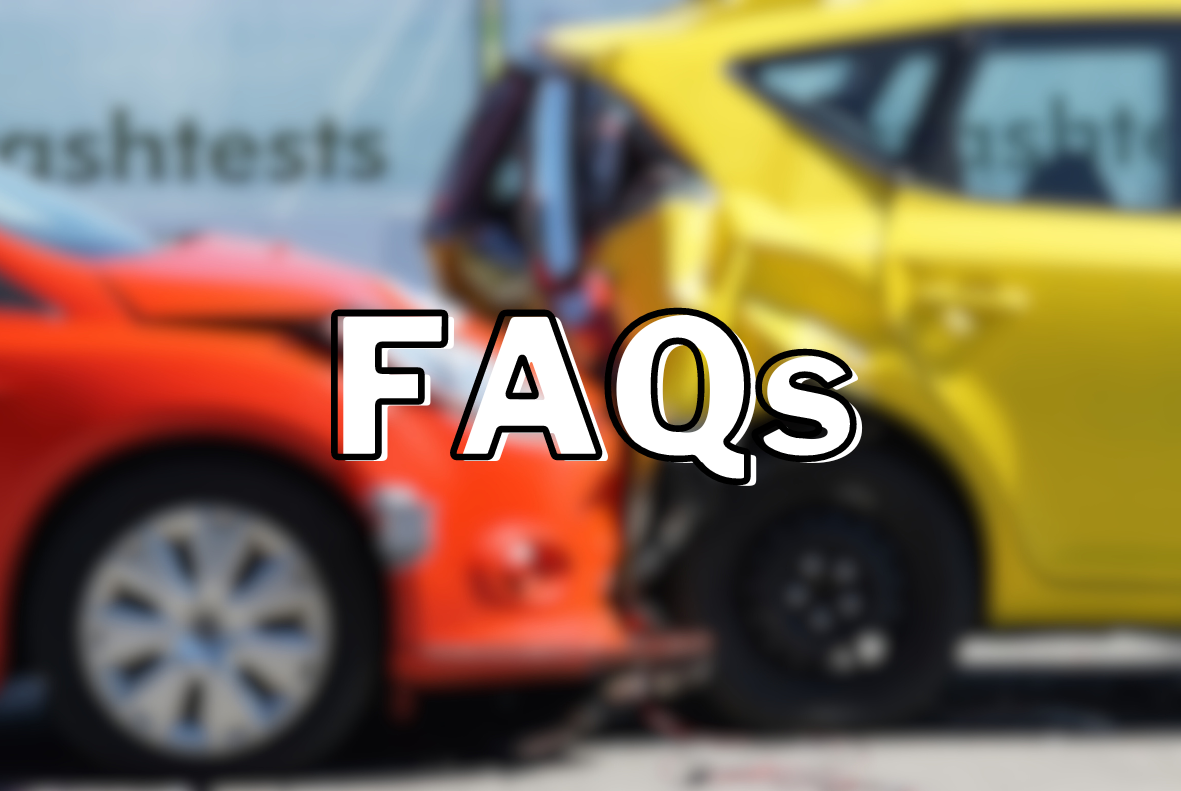Compare GAP insurance
- A quick and easy quote process
- Independent and unbiased service
- Several UK GAP insurance providers

Types of GAP Insurance
Return to Invoice (RTI)
Return to Invoice makes sure you get back exactly what you paid for your car, whether it’s new or used (though it's usually used for new cars). However you’ll need to buy the insurance within a certain time frame after you purchase your car.
Example: You bought a new car for £15,000. A year later, after an accident, it’s written off. Your car insurance might only offer a payout for the current market value, which is £12,000. RTI can then top-up this amount by £3,000, so in total you end up with the £15,000 you originally paid for the car.
Return to Value (RTV)
Return to Value uses the value of your car at the point when you buy the policy. The good thing about RTV is that you can buy it at any time, not just immediately after purchasing your car.
Example: You bought a car 2 years ago for £12,000. Right now it’s worth £10,000, and today you decide to get RTV GAP insurance. In another 3 years, your car is worth £5,000, and it gets stolen. With RTV you’ll get the amount your car was worth when you bought the RTV policy - in this case, that’s £10,000.
Vehicle Replacement
This is the most comprehensive type of GAP cover. It ensures that if you suffer a ‘total loss’ of your car, you get the amount needed to buy a new car, not just the value of the car you had. This is particularly useful if the cost of new cars goes up.
Example: You bought your car for £20,000 two years ago. Today, buying the same model new would cost £25,000. If your car is a ‘total loss’ and you have vehicle replacement coverage, you would get £25,000, so that you can buy a new car of the same model.
Vehicle Finance
This type of cover is ideal if you have financed your car or taken out a Personal Contract Purchase (PCP) loan. It pays off any remaining finance if your car is written off. However, it doesn’t give you extra money to buy a new car.
Example: You took out a PCP loan to buy a car and still owe £5,000 on it. If your car is written off, this policy pays off the remaining £5,000 of your loan. However, you won’t be handed additional funds to buy a new car, so you might need to find another way to get a replacement.
Negative Equity
This type of GAP insurance is similar to Vehicle Finance coverage, but it also covers any negative equity. Negative equity means you owe more on your loan than the car is worth.
Example: You owe £8,000 on your car loan, but your car is only worth £6,000 at the time it was declared a total loss. Negative equity insurance would pay off the full £8,000, even though your car was worth less.
Lease
If you have a leased car and it’s declared a total loss, this GAP cover helps pay off the remaining lease payments or termination fees.
Example: You’re leasing a car and have an accident that writes off the car. The insurance pay out is £10,000, but you owe £15,000 on your lease. Lease cover pays the £5,000 difference, so you don’t have to pay out of pocket.
Other gap insurance articles which you may be interested in...
 GAP Insurance: FAQs -
Frequently asked questions regarding GAP vehicle insurance. Find out more about Guaranteed Asset Protection here.
GAP Insurance: FAQs -
Frequently asked questions regarding GAP vehicle insurance. Find out more about Guaranteed Asset Protection here.

